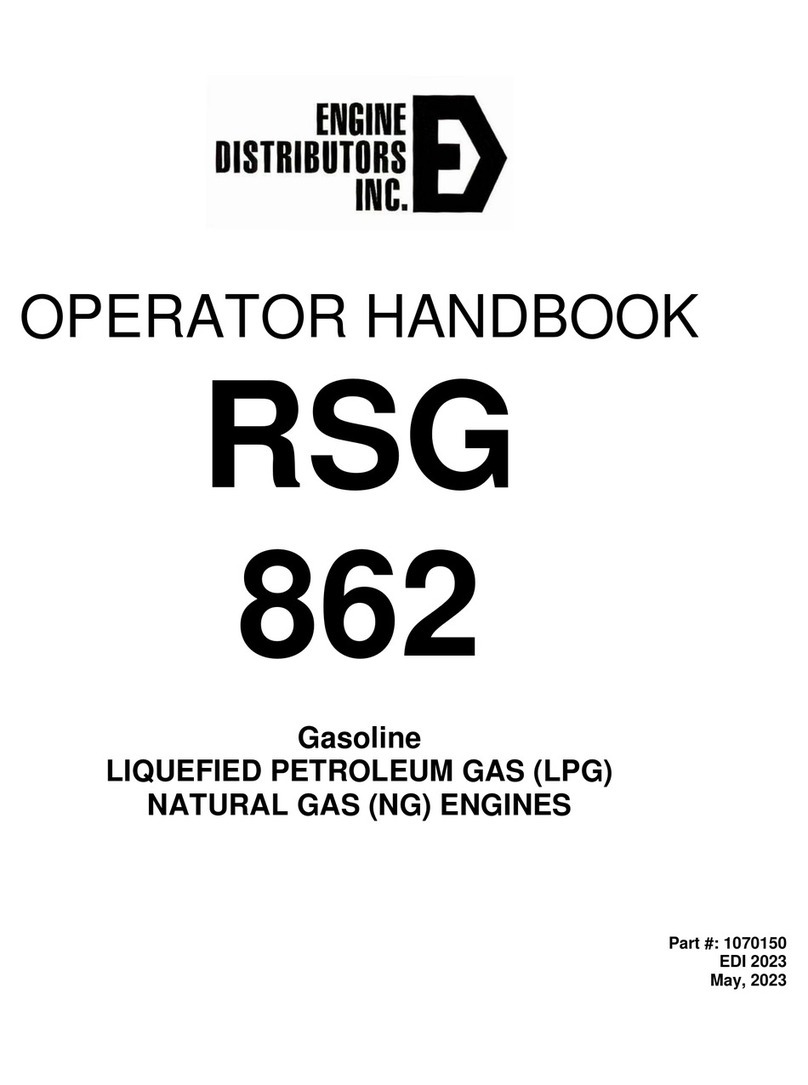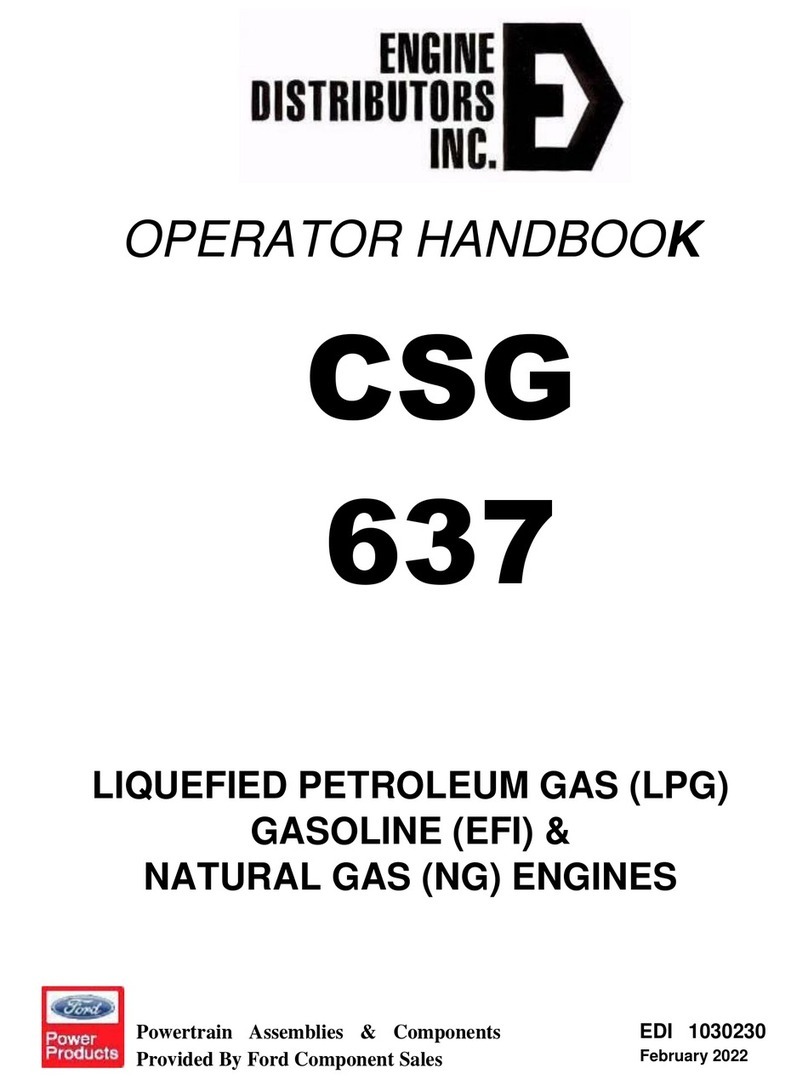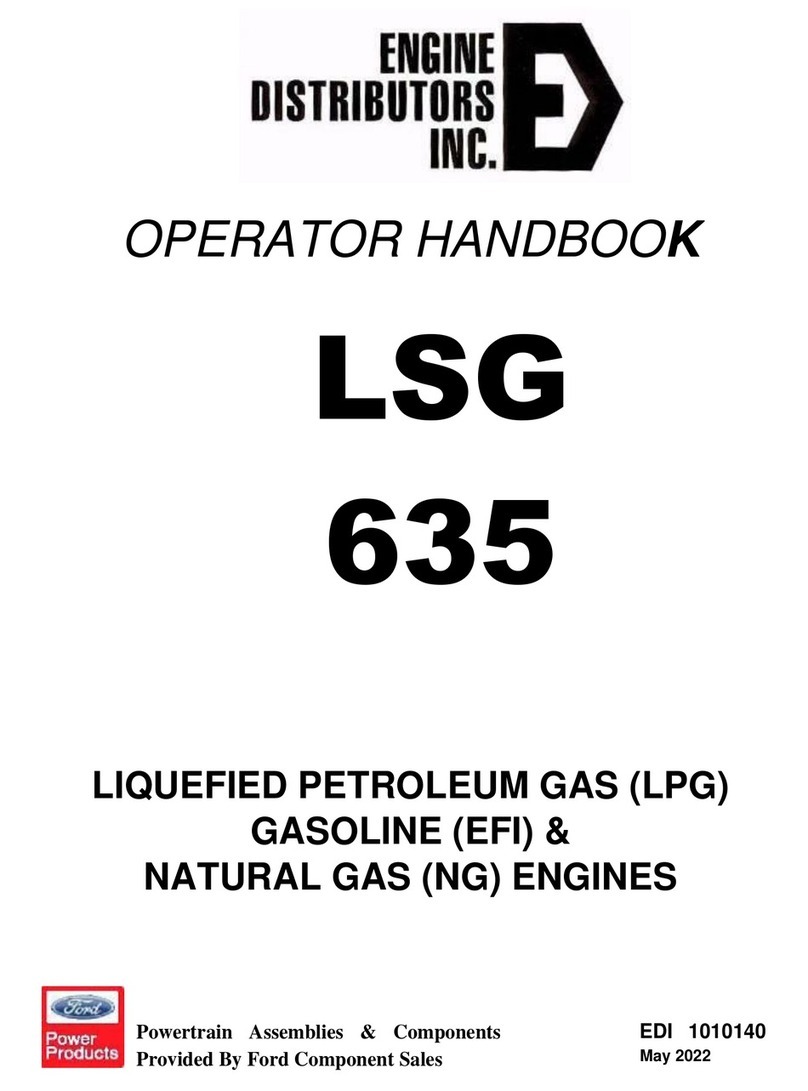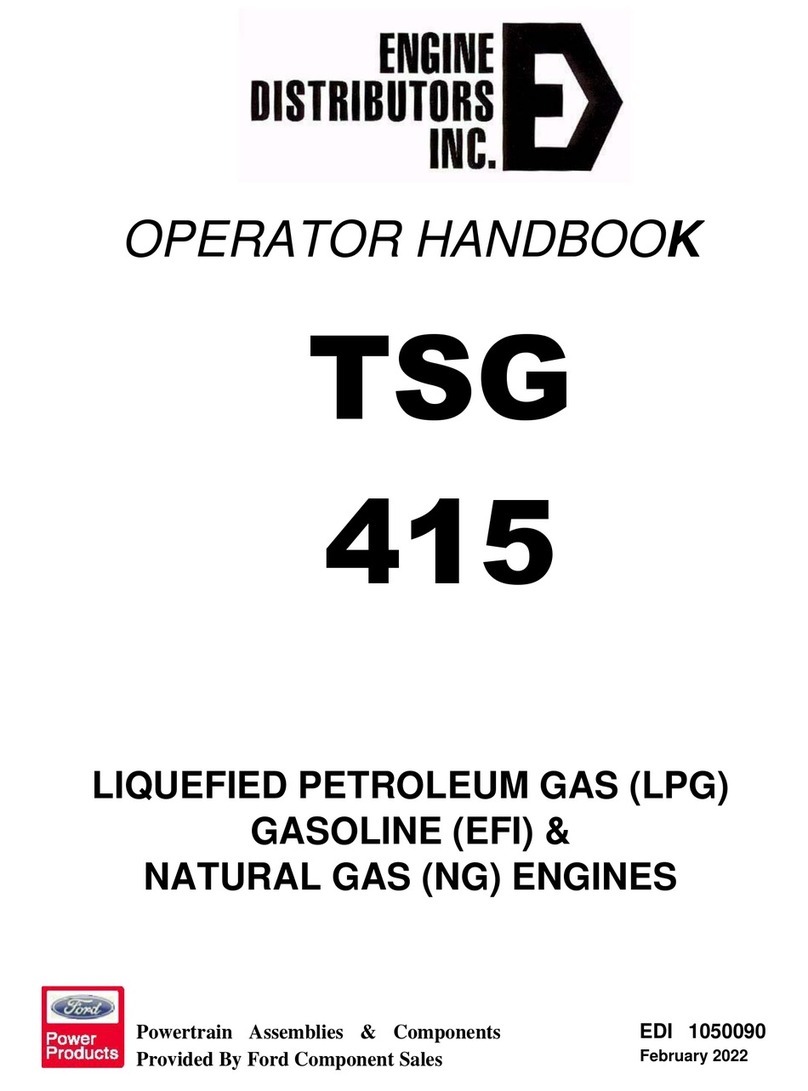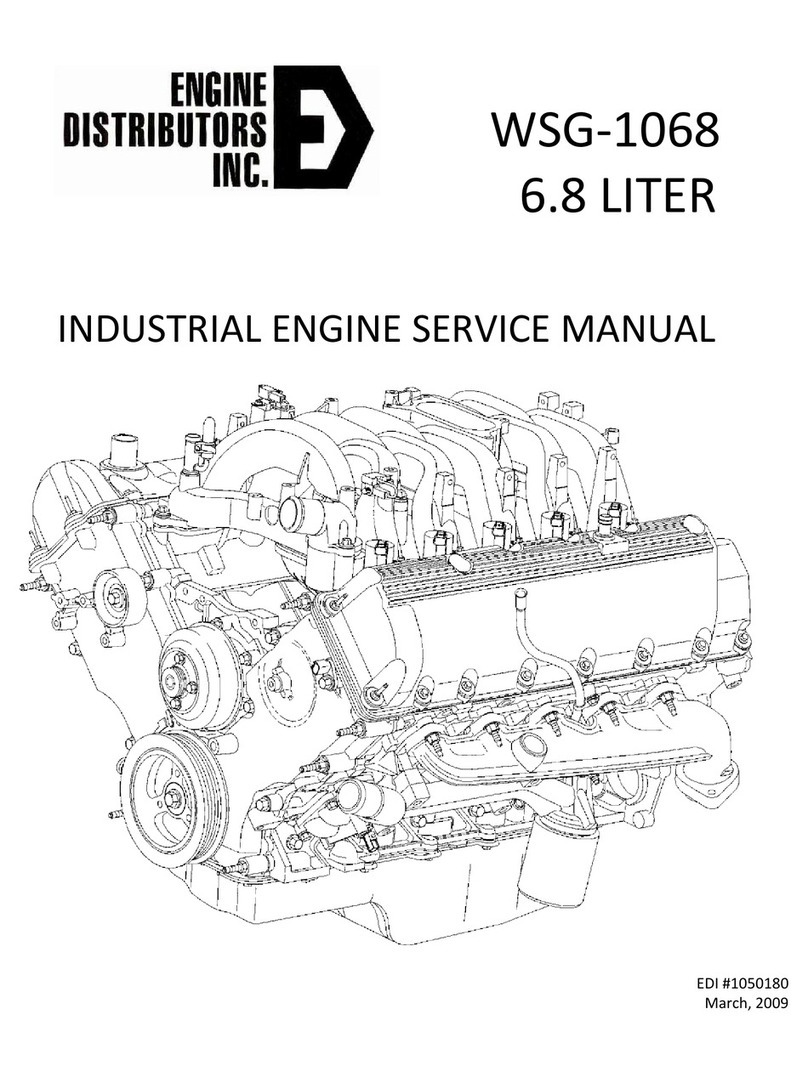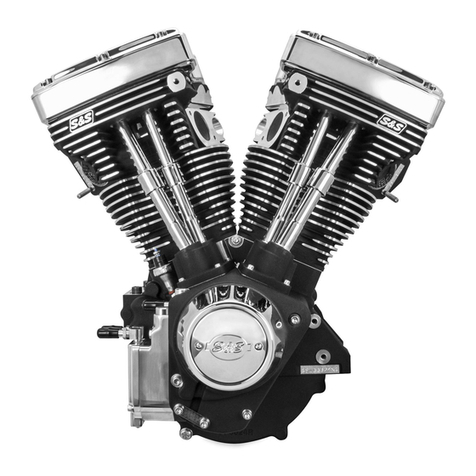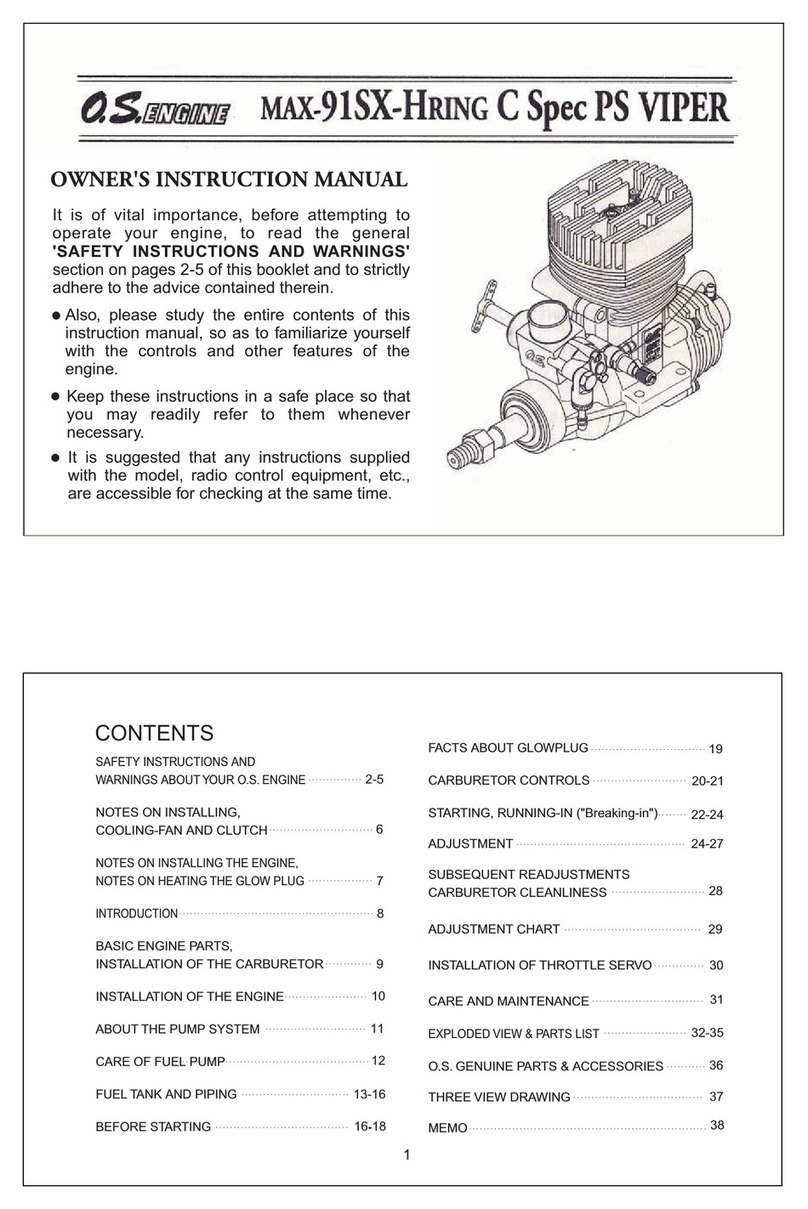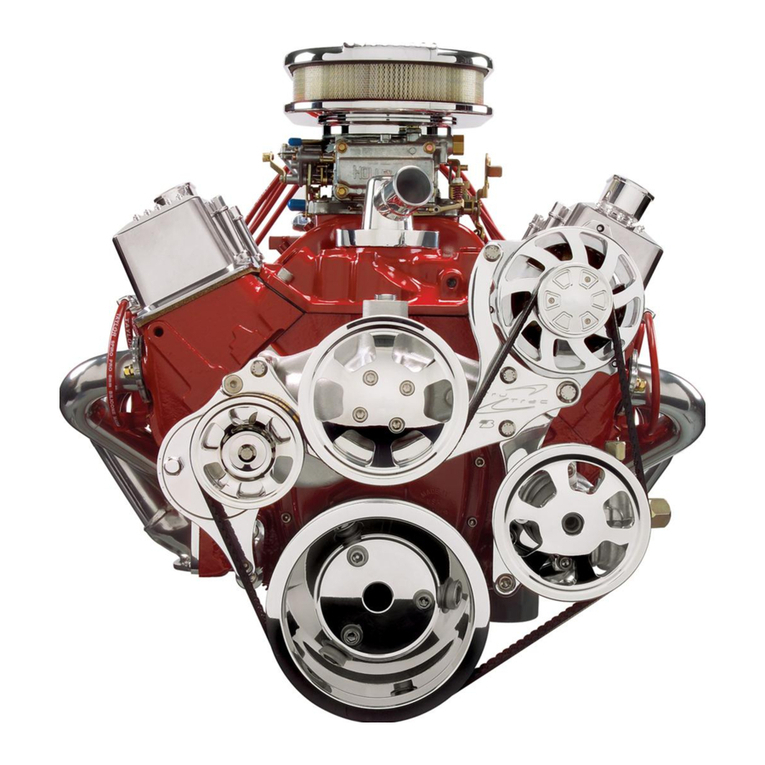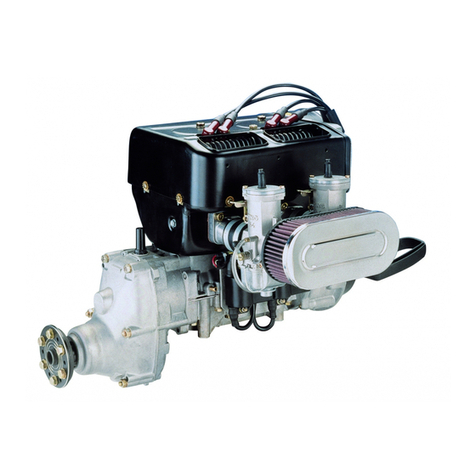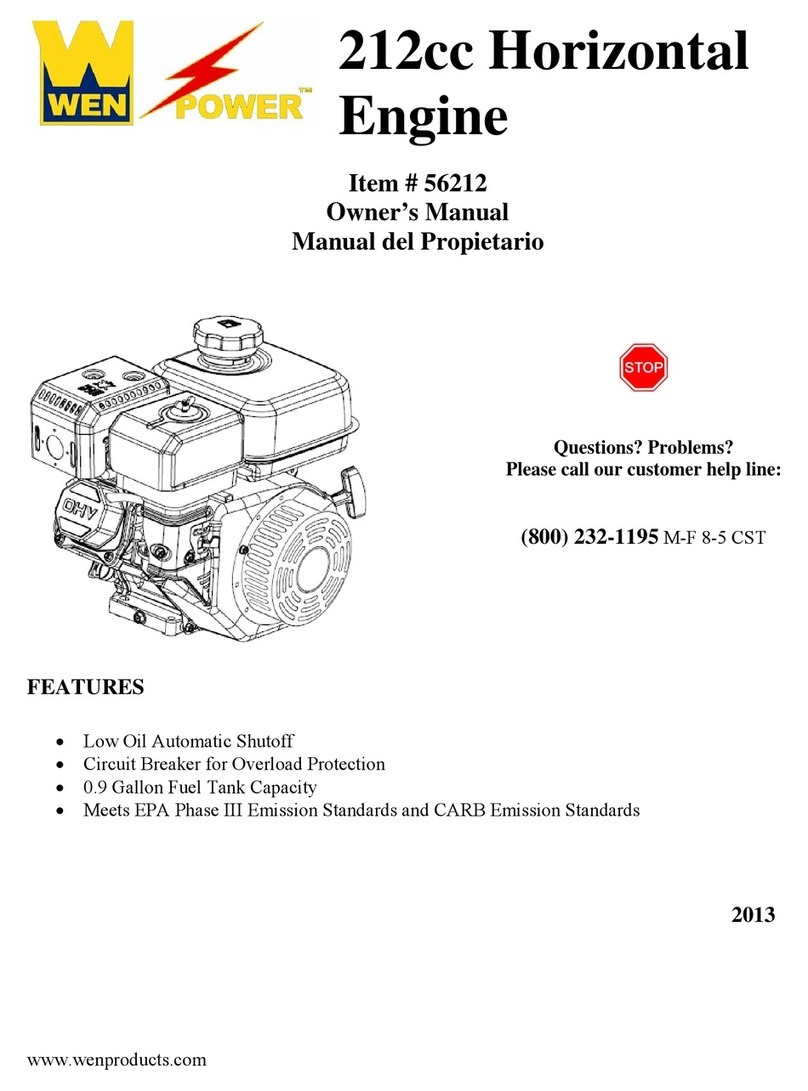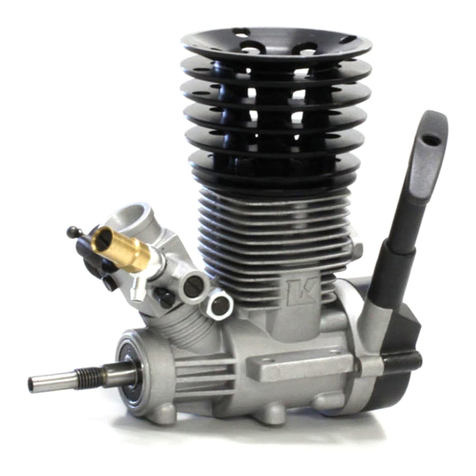Your Warranty Rights and Obligations
The U.S. EPA and Engine Distributors, Inc. are pleased to explain the emission
control system warranty on your new 2017 model year emission certified engine (or
brand equipment). New off-road large spark-ignition (LSI) engines must be designed,
built and equipped to meet stringent Federal and State anti-smog standards. Engine
Distributors, Inc. warrants that the emission control system on your engine for the
periods of time listed below provided there has been no abuse, neglect or improper
maintenance of your engine.
Your emission control system may include parts such as the carburetor, regulator or
fuel-injection system, ignition system, engine computer unit (ECM), catalytic
converter and air induction system. Also included may be sensors, hoses, belts,
connectors and other emission-related assemblies.
Where a warrantable condition exists, Engine Distributors, Inc will repair your LSI
engine at no cost to you including diagnosis, parts, and labor.
Manufacturer’s Warranty Coverage
The new 2017 model year off-road large spark-ignition engines are warranted for
three years or 2500 hours of service, whichever occurs first from the date the
equipment is delivered to the first retail purchaser or when the equipment is first
placed in service. If any emission-related part on the engine is defective, the part will
be repaired or replaced by an authorized Engine Distributors, Inc. dealer. This is
your General Emissions Warranty.
For five years or 3500 hours of service (whichever occurs first) if any emission-
related part specially noted with coverage for five years or 3500 hours is defective,
the part will be repaired or replaced by and authorized Engine Distributors, Inc.
dealer. This is your High Priced Parts Emission Warranty.
Owner’s Warranty Responsibilities
As the off-road LSI engine owner, you are responsible for the performance of the
required maintenance listed in your owner’s manual. Engine Distributors, Inc.
recommends that you retain all records covering maintenance on your off-road
engine, but Engine Distributors, Inc. cannot deny warranty solely for the lack of
receipts or for your failure to ensure the performance of all scheduled maintenance.
As the off-road large spark-ignition engine owner, you should however be aware that
Engine Distributors, Inc. may deny you warranty coverage if your off-road large
spark-ignition engine or a part has failed due to abuse, neglect, improper
maintenance or unapproved modifications.




















